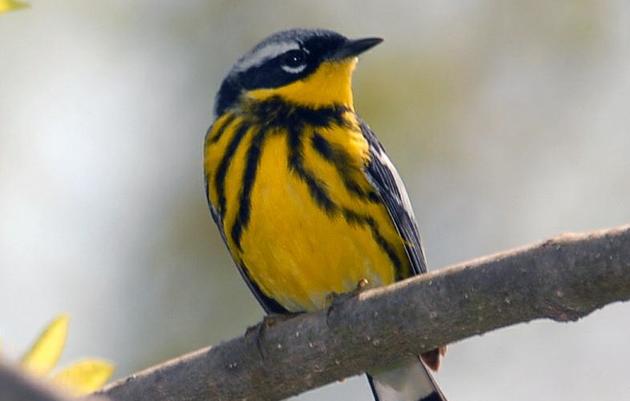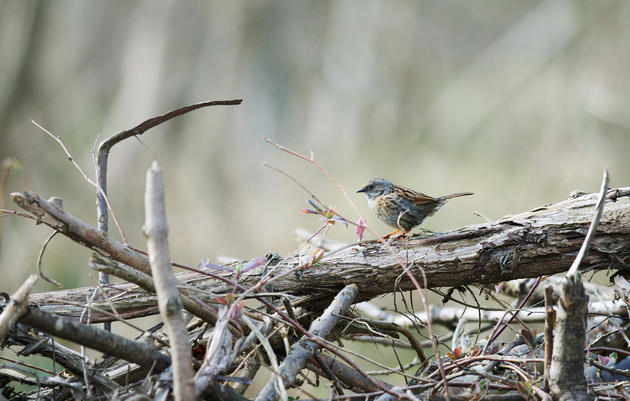Planting for Chicago-area Migratory Birds
In April and May, and again in late August through early November, millions of beautiful birds make a difficult, long journey between their nesting grounds in the north and their wintering grounds in Mexico, and Central and South America. Some of these birds’ populations have declined steeply in recent years, and they need our help. They fly over empty farm fields and expanses of concrete and asphalt to the green spaces of Chicago’s yards, parks, preserves, and campuses. Over 100 different kinds of migratory birds will search any bit of landscaping - large or small - urban, rural or suburban - for food and shelter.
With a bit of planning, you can make your garden a healthy, safe, beautiful stopover point for these birds.
The first requirement of landscaping for migratory birds is structural diversity. Include three or four different levels of plantings. Sites with a few tall and short trees, a dense shrubby area or two, plus sections of grasses and flowers will provide food and shelter for many different birds.
Using avariety of native plants can offer different kinds of food for both the spring and fall migration seasons.
The articles below can help you prepare for your migratory guests.
Plantings for Spring Migrants
Gardens offer spring migrants insects to catch, nectar to drink, ground to scatch in and buds to eat
Plantings for Fall Migrants
Consider planting native plants that provide berries and seeds for fall migrants.
Build a Brush Pile for Birds
This simple backyard project offers shelter for birds in all seasons.
Ways You Can Help
Join A Chapter
Audubon chapters create a culture of conservation in local communities through education and advocacy, focusing on the conservation of birds and conservation of important habitats.
Donate to Audubon
Help secure the future for birds at risk from climate change, habitat loss and other threats. Your support will power our science, education, advocacy and on-the-ground conservation efforts.







